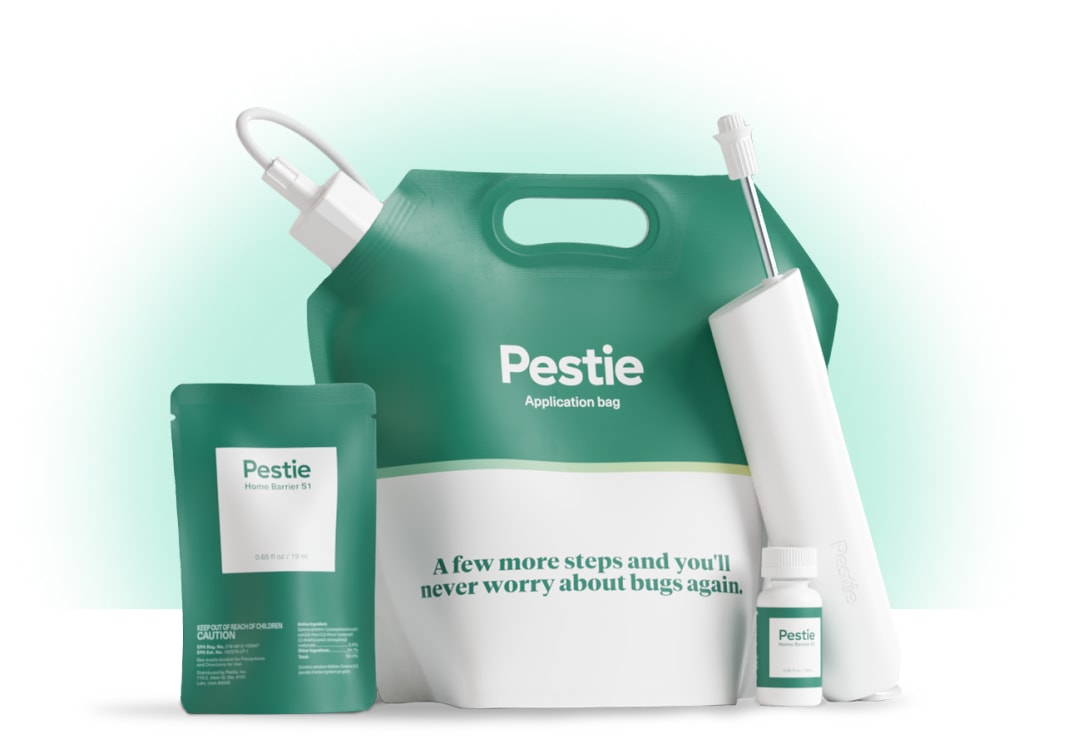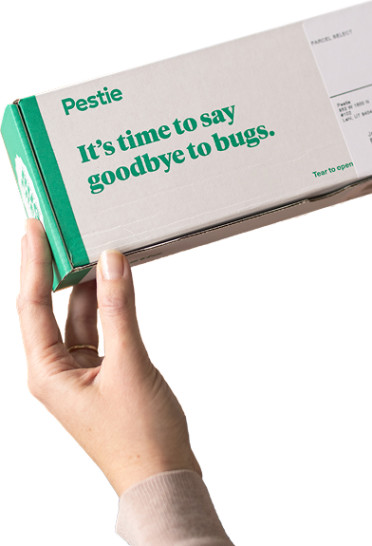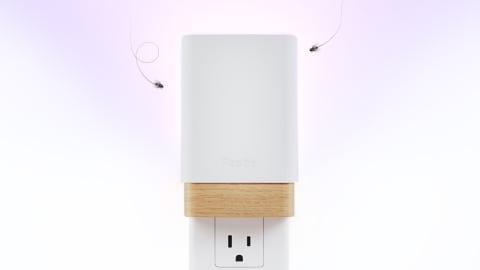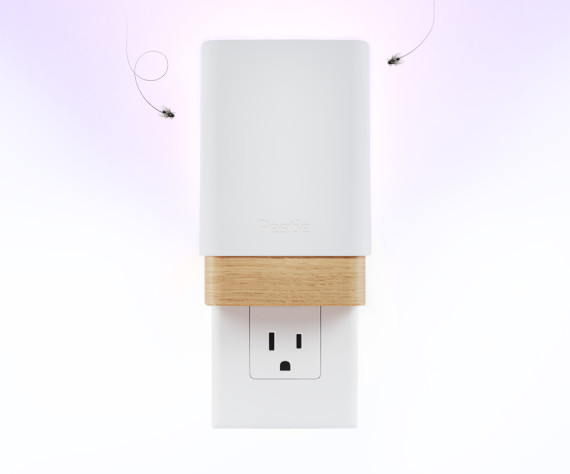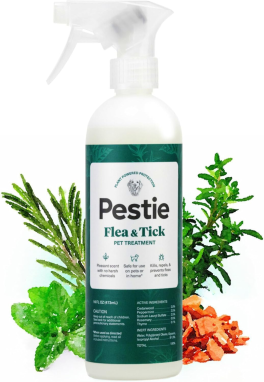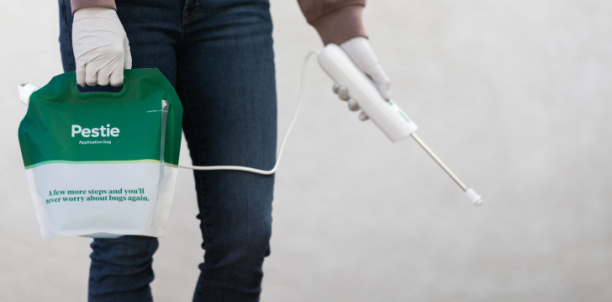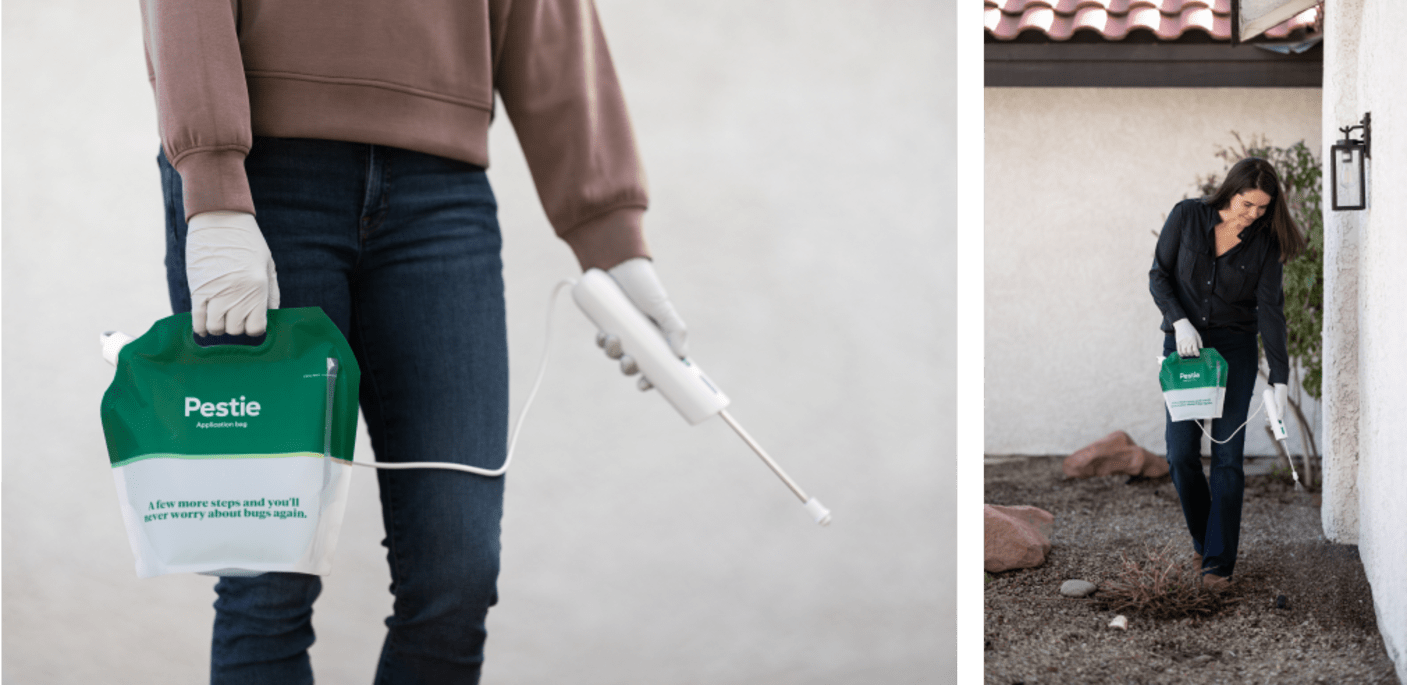How to identify and get rid of leafrollers
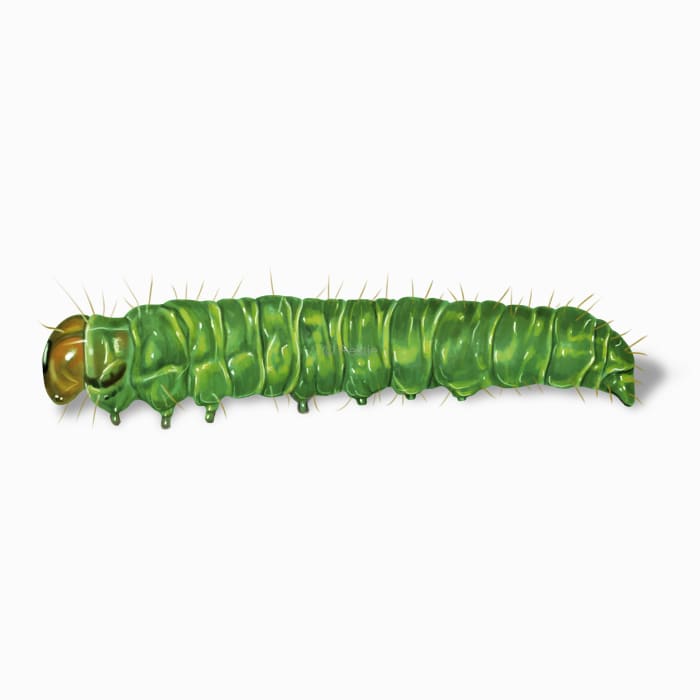
Unfolding the mystery of leaf rollers in your garden
Leaves aren’t supposed to roll up and become folded on their own. If you’re seeing leaf tubes on your favorite yard trees, then there’s a good chance you have leaf rollers for neighbors.
Leafrollers are caterpillars that make their homes by using silk to fold up leaves. This protects them from predators and the elements. While inside their leaf tent, they flick away their frass from the shelter. They can cause significant damage to fruit trees, ornamental shrubs, and other garden plants.
These caterpillars eventually turn into small moths that belong to the family Tortricidae. Some infamous species of tortricid moths include codling moths and spruce budworms.
How to identify leaf rollers
Leafrollers are most easily identified by the way they manipulate leaves. These pests create protective shelters by rolling or folding up leaves and sticking the edges together with silk threads. There are several different types of leaf roller and each species looks different. However, if you notice leaves on your plants that appear to be rolled or folded and see small caterpillars inside, you likely have a leafroller infestation. Additionally, if disturbed, these caterpillars will often wriggle actively and may drop from the leaf, hanging by a silk thread.
How big are leaf rollers?
The caterpillars usually grow to about ½ inch long.
Where do leafrollers live?
Leafrollers are found throughout the United States, with different species adapting to various climates and regions. You’re most likely to find leafrollers on fruit trees, ornamental plants, and various shrubs in your yard. They particularly target the new growth on these plants.
How to get rid of leafrollers
Leafrollers can be tricky to get rid of, since they are protected inside their rolled-up leaves, but they should be easy to spot.
You can manage a leaf roller problem by:
- Pruning: Remove and dispose of infested leaves and branches to reduce the population of leaf rollers on your plants.
- Handpicking: Inspect your plants regularly and manually remove any caterpillars or rolled leaves that you find.
- Encouraging natural predators: Birds, parasitic wasps, and other beneficial insects can help control leaf roller populations naturally.
- Promoting plant health: Keep your plants healthy with proper watering, fertilization, and care, making them less susceptible to infestations.
Additionally, you can apply an insect perimeter spray around your property to keep leafrollers away from your ornamental plants. Pestie offers a DIY option that uses pro-grade solutions to keep your home pest-free.
Treat leafrollers with Pestie
If you're still having trouble keeping leafrollers away, the best option is to use a pro-grade, effective pest control solution like Pestie.
Pestie is a do-it-yourself pest control solution that's specially designed to keep leafrollers and other pests away from your home.
With Pestie, you can rest easy knowing that your living space is protected and free of creepy crawlies. And the best part? It's designed for people, pets, and the planet, so you can say goodbye to harsh chemicals and hello to peace of mind!
- Save hundreds compared to traditional annual pest plans
- People, pet, and planet-friendly
- Pro-grade customized formulas
Quick facts
- Scientific name
Family - Tortricidae
- Other common names
Tortrix Moths, Leafroller Moths, Leafroller Caterpillars
- Colors
Adults – drab, tan; caterpillars – green, brown
- Life span
1-3 months
- Diet
Tender leaves of fruit trees, shrubs, ornamentals
How dangerous are Leafrollers?
Low danger risk
Leaf rollers don’t pose any direct threat to people, but they can cause noticeable damage to plants, particularly if left untreated.
The codling moth is a leafroller, the number one apple moth pest. It is responsible for any wormholes in your apples. The proverbial “worm in your apple” is really a codling moth caterpillar.
